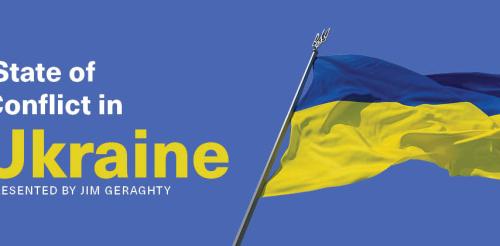The U.S. generally felt secure with its monopoly on atomic weaponry after World War II, holding an apparent strategic advantage over the Soviets. But that superiority was more fiction than fact.
From the mid-1940s to 1950, the U.S. atomic arsenal was poorly coordinated, equipped, and funded. The Atomic Energy Commission, focused in part on peaceful uses of nuclear energy, jealously guarded its ownership of fissionable materials, leaving the military’s cupboard mostly bare. The Air Force’s Strategic Air Command was ill prepared for the atomic missions it was supposed to carry out. War plans were ill-conceived and unrealistic.
John Curatola of the U.S. Army Command and General Staff College examines this dysfunctional time in a discussion of his book Bigger Bombs for a Brighter Tomorrow: The Strategic Air Command and American War Plans at the Dawn of the Atomic Age, 1945-1950.





